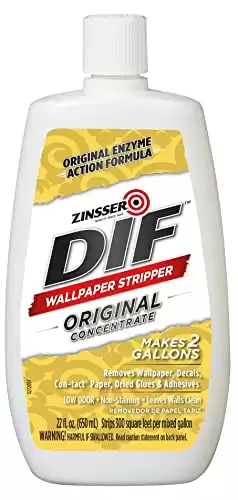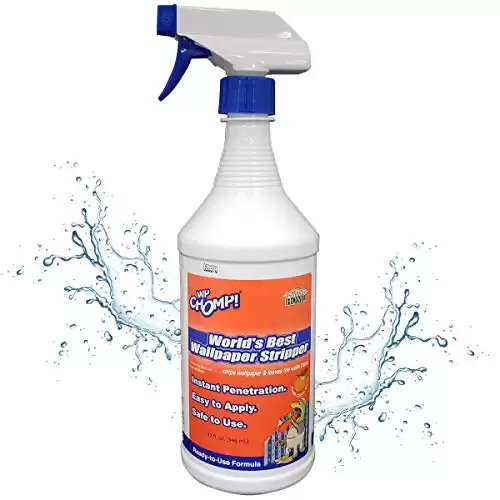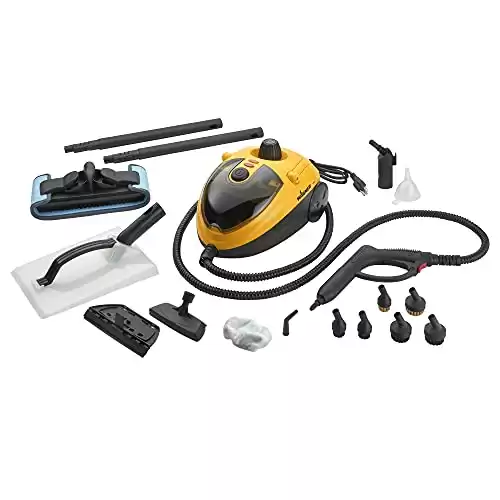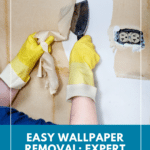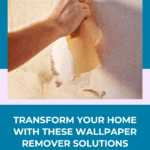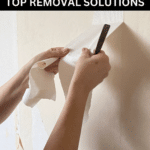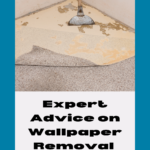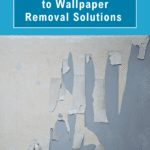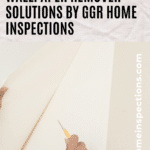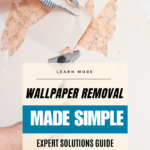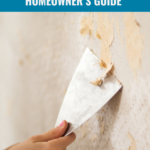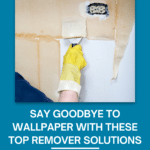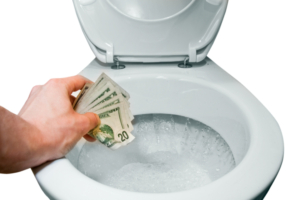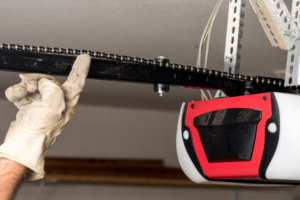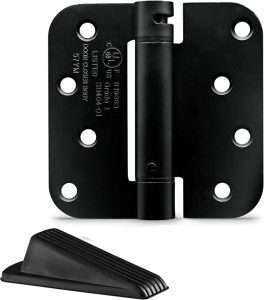Discover the Magic of Wallpaper Remover Solutions Guide
:max_bytes(150000):strip_icc()/MixWallpaperRemoverIngredients-eee20d02ca8c4ae6a671b48616da9bca.jpg)
When it comes to giving your walls a fresh new look, removing old wallpaper is often the first step. However, this task can be daunting without the right tools and techniques. Thankfully, wallpaper remover solutions have emerged as a savior, simplifying the process and saving you from frustration. In this blog, we will explore different types of wallpaper removal solutions, their pros and cons, their cost, and how to effectively use them.
Here are the different types of wallpaper removal solutions:
1. Traditional Wallpaper Remover Solutions: These are liquid-based solutions that typically consist of water, detergent, and sometimes vinegar. They work by softening the adhesive holding the wallpaper to the wall.
2. Chemical Wallpaper Remover Solutions: Specifically formulated to tackle stubborn wallpapers, these solutions contain stronger chemicals that dissolve the adhesive more effectively. They are suitable for vinyl-coated and multiple-layer wallpapers.
3. Steam Wallpaper Remover Solutions: Steam-based solutions utilize the power of steam to loosen the adhesive. They are used in combination with a wallpaper steamer, which applies steam to the wallpaper, making removal easier.
|
|
$21.97
|
|
|
These are the main types of wallpaper remover solutions available on the market. Each type has its own advantages and considerations, allowing you to choose the one that suits your specific wallpaper removal needs.
1. Traditional Wallpaper Remover Solutions:
Traditional wallpaper remover solutions are usually liquid-based and work by softening the adhesive holding the wallpaper to the wall. These solutions typically consist of a mix of water, detergent, and sometimes vinegar. They are suitable for most types of wallpapers, including vinyl, fabric, and standard paper wallpapers.
Pros:
– Cost-effective: Traditional wallpaper remover solutions are often affordable and readily available.
– Versatility: They can be used on various types of wallpapers.
– Safe: These solutions are generally safe for use on walls, without causing damage to the surface.
Cons:
– Time-consuming: The process of using traditional solutions may require more time and effort.
– Messy: The liquid-based solutions can sometimes create a mess if not handled properly.
Cost: Traditional wallpaper remover solutions can range from $5 to $20 per gallon, depending on the brand and quantity.
How to Use:
1. Protect the floor and surrounding areas with drop cloths or plastic sheets.
2. Mix the wallpaper remover solution according to the manufacturer’s instructions.
3. Apply the solution to the wallpaper using a sponge, roller, or spray bottle.
4. Allow the solution to soak into the wallpaper for the recommended time.
5. Gently scrape off the wallpaper using a wallpaper scraper or putty knife.
6. Wipe down the walls with a clean sponge or cloth to remove any residue.
2. Chemical Wallpaper Remover Solutions:
Chemical wallpaper remover solutions are specifically formulated to tackle stubborn wallpapers, such as those with multiple layers or vinyl-coated wallpapers. These solutions contain stronger chemicals that dissolve the adhesive more effectively.
Pros:
– Efficient: Chemical solutions are often more powerful and can remove stubborn wallpapers more quickly.
– Suitable for difficult wallpapers: They are effective on vinyl-coated and multiple-layer wallpapers.
– Wide availability: Chemical solutions can be found in most hardware stores or online.
Cons:
– Potentially hazardous: These solutions contain stronger chemicals, so caution must be exercised during use.
– May damage certain surfaces: Some chemical solutions can harm delicate or porous surfaces, so careful testing is necessary.
Cost: Chemical wallpaper remover solutions typically range from $10 to $30 per gallon, depending on the brand and quantity.
How to Use:
1. Follow steps 1-3 from the traditional wallpaper remover solution section.
2. Apply the chemical wallpaper remover solution generously to the wallpaper using a sponge or brush.
3. Allow the solution to penetrate the wallpaper, typically for 15-20 minutes.
4. Carefully scrape off the wallpaper with a wallpaper scraper or putty knife.
5. Rinse the walls with clean water to remove any residue and neutralize the chemicals.
3. Steam Wallpaper Remover Solutions:
Steam wallpaper remover solutions utilize the power of steam to loosen the adhesive, making wallpaper removal easier. These solutions are often in the form of a concentrated liquid that is mixed with water and used with a wallpaper steamer.
Pros:
– Time-saving: Steam-based solutions can significantly speed up the wallpaper removal process.
– Effective on multiple layers: They are ideal for removing wallpapers with several layers of paint or wallpaper.
– Non-toxic: Steam solutions are environmentally friendly and safe to use around children and pets.
Cons:
– Equipment requirement: Steam wallpaper removal requires a wallpaper steamer, which may require an additional investment.
– Potential for wall damage: Improper use of the steam or excessive steaming can damage drywall or plaster.
Cost: Steam wallpaper remover solutions can range from $10 to $40 per gallon, depending on the brand and concentration.
How to Use:
1. Fill the wallpaper steamer with water according to the manufacturer’s instructions.
2. Mix the steam wallpaper remover solution with water as instructed on the product label.
3. Apply the solution to the wallpaper using a sponge or sprayer.
4. Use the wallpaper steamer to apply steam to a small section of the wallpaper for several seconds.
5. Once the adhesive is softened, gently scrape off the wallpaper with a wallpaper scraper.
6. Continue steaming and scraping section by section until the wallpaper is fully removed.
|
|
$21.97
|
|
|
Conclusion:
Wallpaper remover solutions provide a practical and efficient way to remove old wallpapers and prepare your walls for a fresh new look. Whether you opt for traditional, chemical, or steam-based solutions, each type offers its own advantages and considerations. By understanding the different options available, their pros and cons, and how to use them effectively, you can embark on your wallpaper removal journey with confidence and achieve stunning results.

